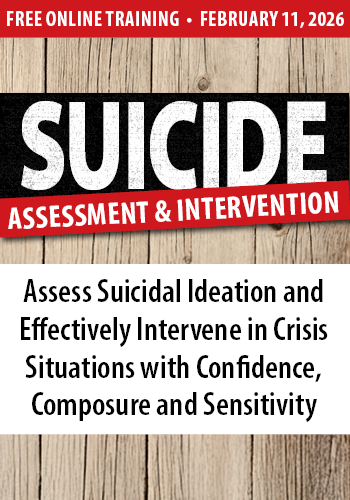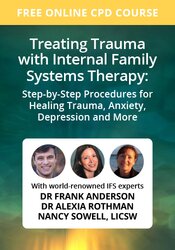Enrol in an online course today for flexible, self-paced learning—no fixed schedule required. Plus, enjoy lifetime access to course materials for convenient revisiting.
Transformational Imagery 5/6: Reimagining Burnout

When I first wrote my book called The Joy of Burnout, in 2002, it landed in the world with quite a splash. A title that coupled ‘joy’ with ‘burnout’ was enough to intrigue people by hinting that I didn’t see burnout as a totally negative life experience.
The book emerged out of my own experience of burnout over 10 years earlier. I read everywhere that burnout happens when you are working too hard, and have neglected your work-life balance. But I knew that I had worked far too hard for years, with a full-time lecturing job, clients, and groups, not to mention co-founding two centres on the Greek island of Skyros and having two children, and yet hadn’t ever approached burnout.
It was when I felt I had done enough and I needed to withdraw and reflect, things changed. At that moment the idea came up of a new project, a magazine, and for many reasons that had to do with my identity and my need to please, I ignored my inner needs and said, “Just this one last time.”
I’ve heard these same fateful words from many of the people I interviewed and worked with about burnout. And with that, I, like so many others, drove myself forward, divided against myself, until I hit the wall, and completely collapsed. It took me seven years to recover my full energy, and even more than that to discover that what had happened to me was called ‘burnout.’ And in that time, I completely changed my life.
Today, we hear the word burnout everywhere. But are we, as therapists, coaches and consultants, asking our clients the right questions?
Using the ‘Image as Life Metaphor’ to move forward
One particularly good way of looking at what is going on under the surface is an exercise I call ‘Image as Life Metaphor’, where we invite an image that represents ‘who you are or what you need to know at this moment in your life’. Dipping consciously into the deeply original and creative Transformational Imagination, and working with what emerges, enables us to be profoundly effective.
I worked with Ben, a successful young architect who thought he was suffering burnout. As is typical of burnout candidates, he had started out wholehearted about his profession, but now realised he didn’t like being an architect. An intensely creative man, brilliant at writing, painting, and music, he believed that he couldn’t earn a living doing what he loved. So he stuck to architecture, working long and stressful hours.
Ben had an image of a tree that was hanging over the edge of a cliff, holding on for dear life because it feared falling into the sea and dying. He drew a picture. I shuddered as I looked at this beautiful tree in an impossibly precarious position, desperately and fearfully trying to survive.
Ben’s image was a perfect expression of his ‘story’, the picture of the world he was living with and had never questioned: that he had to hold on for dear life to something he was completely alienated from, pleasing his employers at any price, and that if he didn’t, he would fail abysmally, and be unable to support his beloved family.
As we worked further with the image – and the tree actually fell into the ocean and transformed into an island – Ben recognised that his determination to cling to the rock was driven by his fear of not meeting expectations. He decided that making a choice was what mattered. Indeed, it was only now, when his image revealed to him what was really going on for him, that he had a choice.
This was the start of Ben refusing to fit in with the office culture of long hours and overwork, and giving himself time to consider how he could create a new career using his creative powers. Burnout was averted, and a new life began to unfold.
In conclusion, before we rush as practitioners to considering work/life balance, we need rather to begin with these two questions:
Has your heart gone out of what you are doing?
And why haven’t you dared to step back to consider your alternatives?
In the exploration of these questions – and the Transformational Imagination offers many ways to do this – lies a pathway out of burnout into a new way of being.
The script for the exercise mentioned here is available in Dr. Dina Glouberman’s new book, ImageWork: The Complete Guide to Working with Transformational Imagery (PCCS Books, 2022). There are also many relevant ImageWork exercises in The Joy of Burnout: How the end of the world can be a new beginning (Skyros Books, 2002).

















